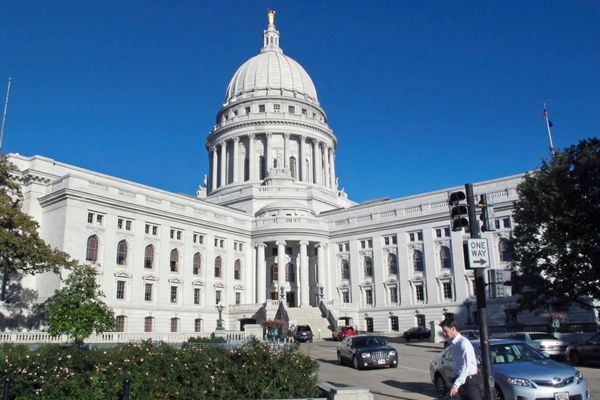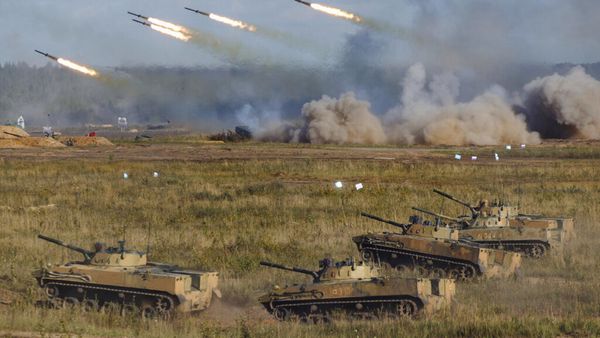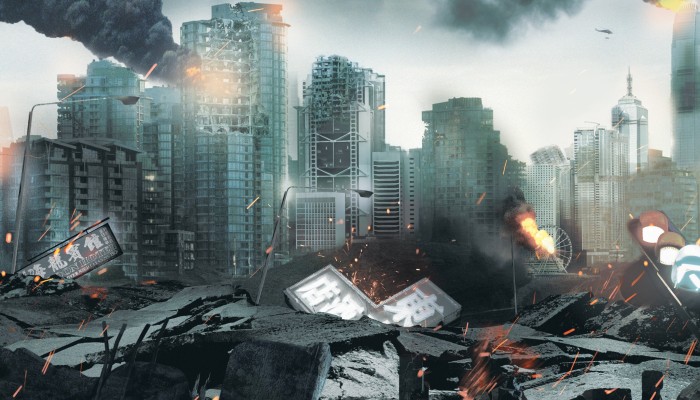
No scientist has ever accurately predicted the date, location or magnitude of a seismic event, but celebrity Brazilian clairvoyant Jucelino Nobrega da Luz has confidently forecast that Hong Kong will be struck by a major earthquake this week.
Luz claims he is the only soothsayer to have predicted the terrorist attack on New York’s World Trade Centre on September 11, 2001. He also asserts that he foresaw the Indian Ocean tsunami on December 26, 2004 and the death of Michael Jackson on June 25, 2009.
“The Hong Kong people have problems with a possible earthquake of 7.0 on the Richter scale on May 23, 2019,” Luz writes on his website, referring to a magnitude powerful enough to cause damage to buildings and infrastructure.
Luz made that prediction five years ago, in 2014, and was so concerned that he sent a letter to then chief executive Leung Chun-ying, the head of the Hong Kong administration, warning him of the impending disaster.

“Yes, I have written to the former chief executive about this prediction indeed,” Luz says in an email to the Post.
That a serious earthquake could affect Hong Kong may not be beyond the bounds of possibility. A magnitude-7.4 quake in Shantou, in neighbouring Guangdong province, caused extensive, though minor damage to Hong Kong 101 years ago, in February 1918.
The Hong Kong Observatory, which is responsible for seismic monitoring and earthquake warnings, says it has measured 74 tremors in Hong Kong since 1979, all of them minor.

The Observatory’s list includes three tremors in the sea to the east of Lantau Island in May 1995 and one in Deep Bay in 2010. On February 22, 2013 more than 5,000 people in Hong Kong called the Observatory after feeling the impact of the 4.6-magnitude Heyuan earthquake, centred 180km northeast of the city, although no serious damage was caused.
An official verdict on the threat can be found on the website of the government’s Civil Engineering and Development Department. It warns that although the city is at less risk of a quake than Taiwan or Japan the risk is by no means negligible.
The scientific community, meanwhile, points to a seismic fault zone near Dangan Island, about 35km south of urban Hong Kong, as a possible cause of concern.
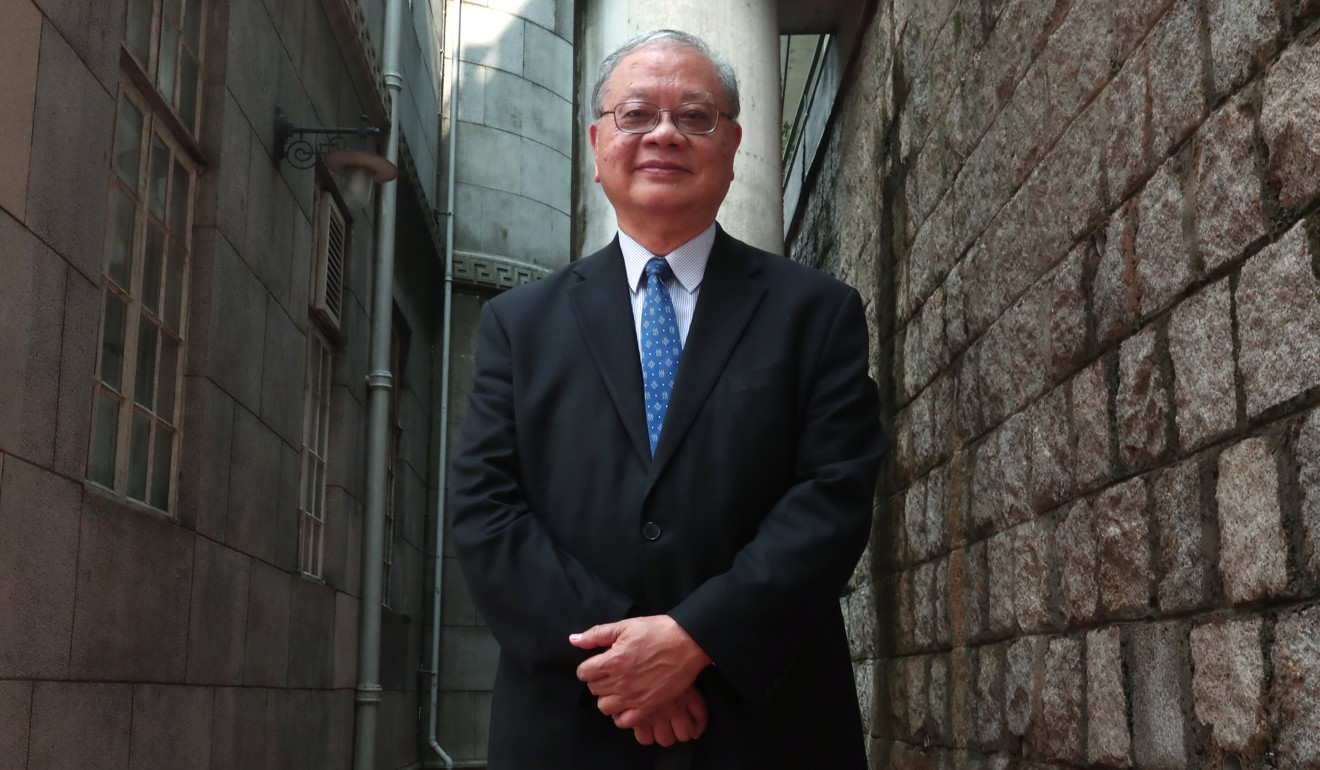
In 1997, experts from University of Hong Kong investigated the potential movement of the major faults around the city that might generate a quake. They found that an intersecting area of two fault zones to the east of Dangan Island was “inferred to have the possibility of generating destructive earthquakes”.
However, the lead author of that report, Professor Lee Chack-fan, doubts that a major earthquake in the vicinity of the island could strike Hong Kong, or that there could be a repeat of the 1918 tremor.
“Given … that we are not near any tectonic plate margins, I consider the risk of a significant earthquake affecting Hong Kong to be very low,” Lee says.
[The earthquake] can bring great inconvenience to the people of Hong Kong, because the buildings are not prepared for an impact of this magnitude – Celebrity Brazilian clairvoyant Jucelino Nobrega da Luz
“It is not a major seismogenic fault [meaning one capable of generating earthquakes], so we should not be too concerned.”
The Observatory concurs that most quakes occur along the boundaries of crustal plates. Hong Kong lies within the Eurasian Plate, and is a considerable distance from the nearest boundary with the Pacific Plate that runs through Japan, Taiwan and the Philippines.
Despite such reassurances, Luz is specific in his prediction. “[The earthquake] can bring great inconvenience to the people of Hong Kong, because the buildings are not prepared for an impact of this magnitude and some buildings can collapse – and it can impair communication services as well as [create] many victims of innocent people,” he says on his website.
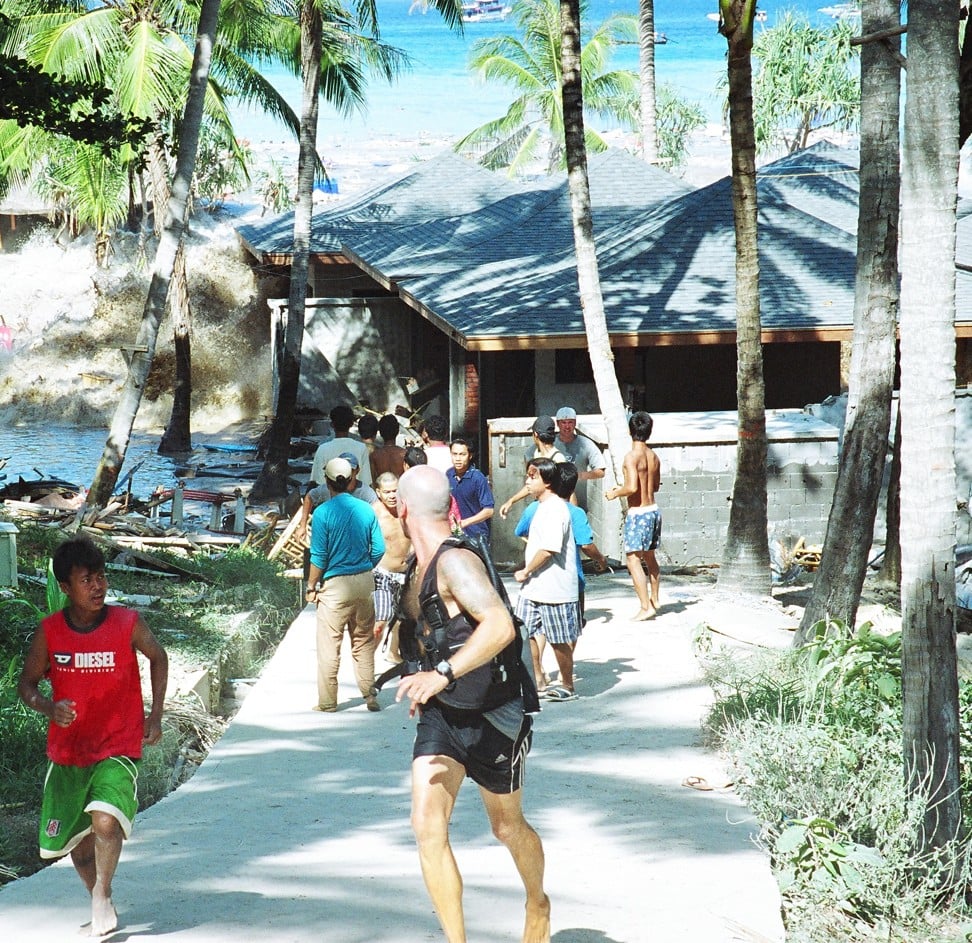
One thing the clairvoyant may have got right is his technical assessment of Hong Kong’s high-rise developments.
“It’s true that buildings in Hong Kong are generally not seismically qualified [not designed or built to withstand earthquakes], because for decades we have been designing buildings according to the British standards,” Lee says. This means they have been built to withstand lateral forces from typhoons.
The professor adds that modern buildings in the nearby cities of Shenzhen and Guangzhou are designed to withstand major quakes, as a precautionary measure required by the National Building Code of China.
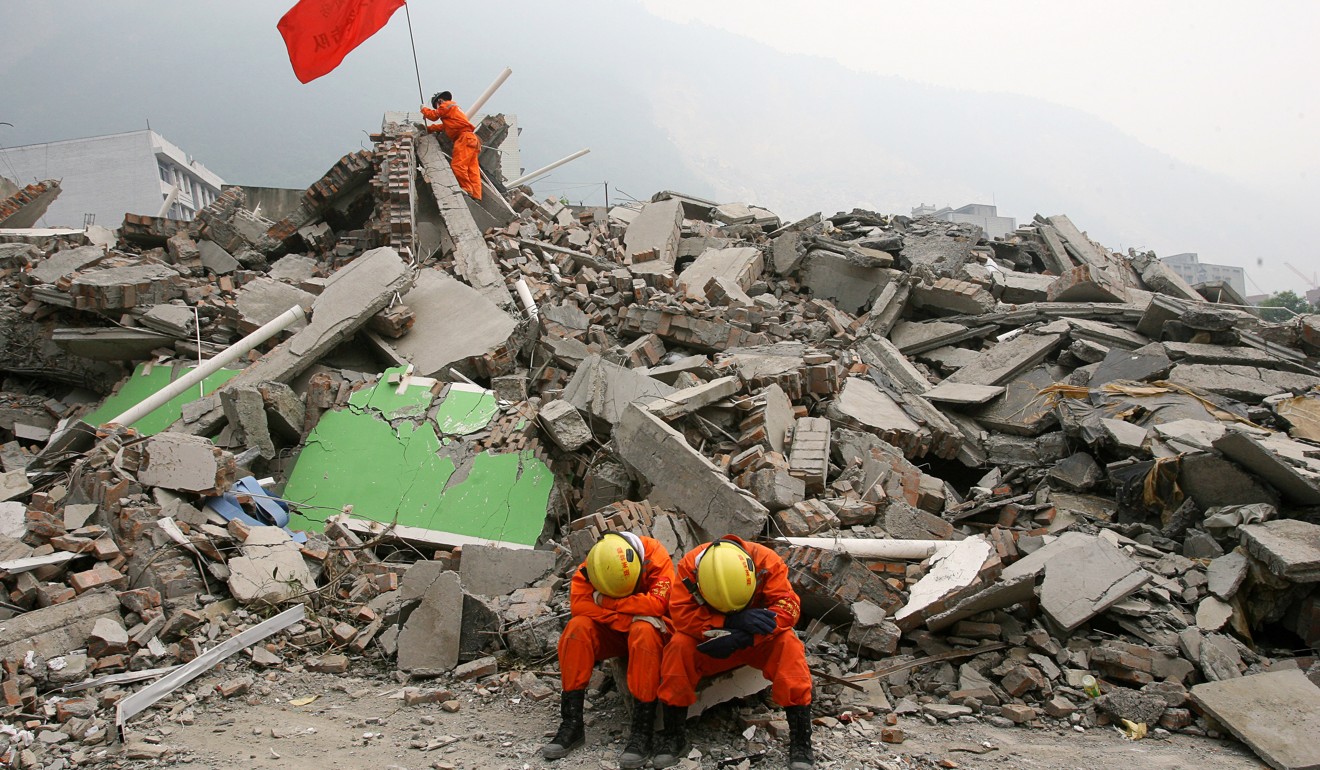
The failure of science to reliably predict earthquakes has prompted a re-examination of their causes. One expert in seismic forecasting and the causes of earthquakes is Professor Quentin Yue Zhongqi from the department of civil engineering at Chinese University of Hong Kong.
He has undertaken extensive research into the role of highly compressed underground methane gas in causing earthquakes. He thinks that if the gas component was built into models, forecasting earthquakes could be much more reliable.
Yue examined the severe 2008 earthquake in China’s Sichuan province to determine whether it could provide clues to the risk of earthquakes in Hong Kong. He found that the deep rock formations common in the city do not contain huge traps capable of accumulating natural gas.
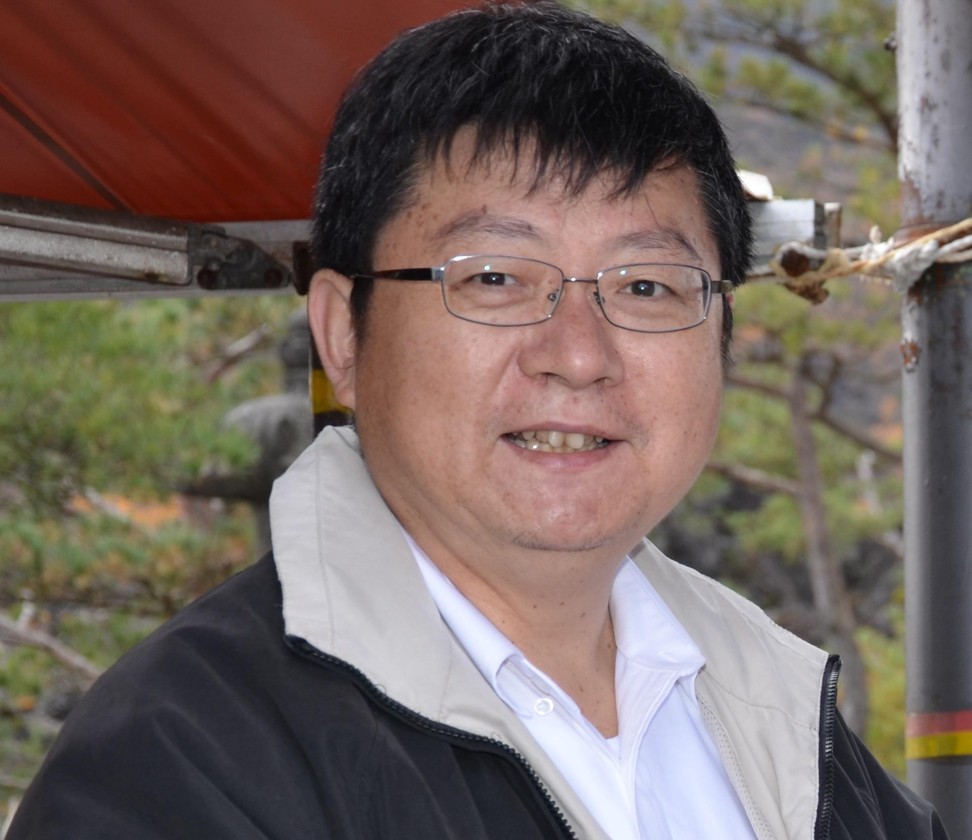
“The region does not have the sufficient conditions [for] strong earthquakes [to occur],” Yue says.
He adds that the rock types, the surrounding sea and nearby islands all act to reduce seismic hazards in Hong Kong.
According to the US National Earthquake Information Centre, there are about a million tremors around the world every year, but 90 per cent are of magnitude 2.5 or less, meaning they are rarely felt, but can be recorded by sensitive seismographs.
Those up to magnitude 5 can be felt but are usually incapable of causing much damage. There are about 120 earthquakes of magnitude 6 each year that pose a threat to towns and cities. Any tremor above magnitude 7 is classified as a major quake and is capable of causing serious damage.
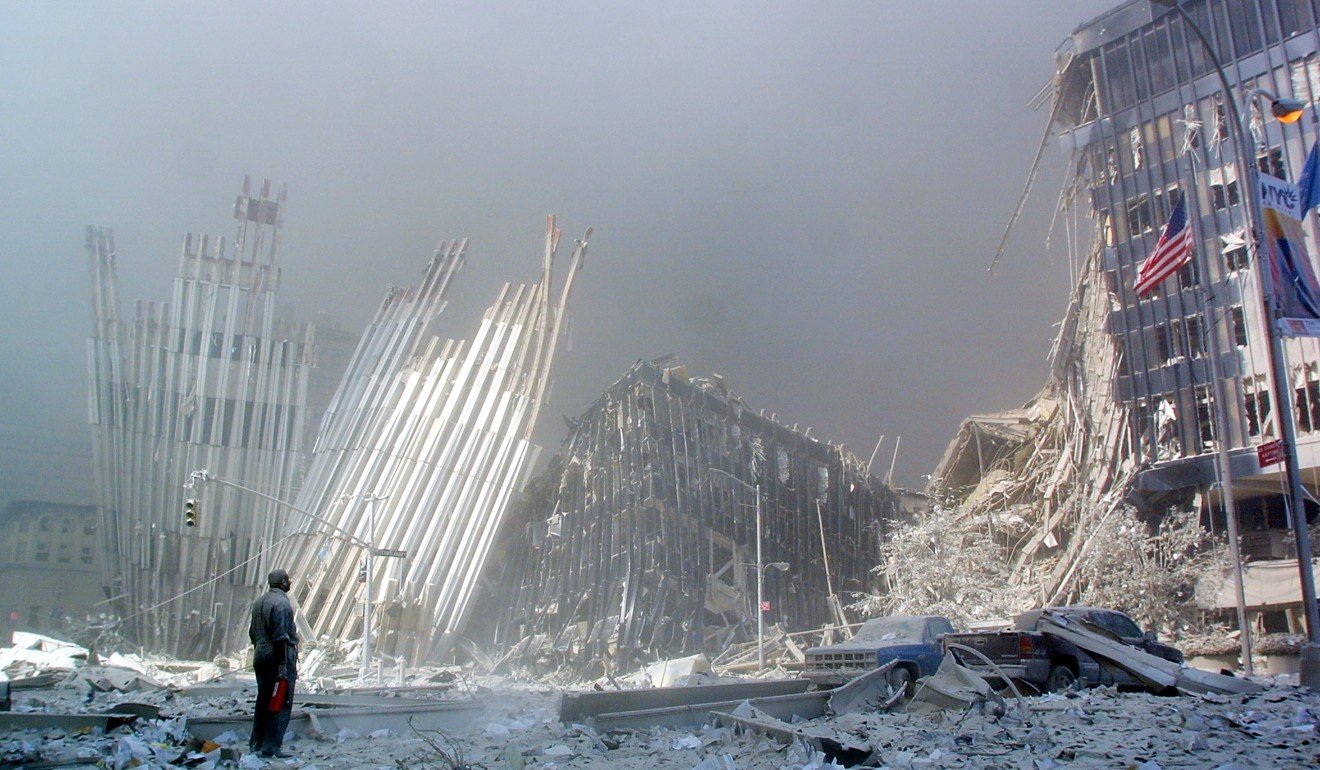
The complex science of earthquakes does not deter amateurs and cranks from joining the swelling ranks of those predicting disasters and making forecasts based on dreams, astronomy, astrology, ancient texts and religious visions.
Luz’s earthquake predictions are based on dreams rather than science, but they have still have the power to provoke panic.
In September 2008, just months after the Sichuan earthquake of May that year, which killed at least 68,000 people according to the most conservative estimates, Luz predicted a major earthquake in China’s island province of Hainan.
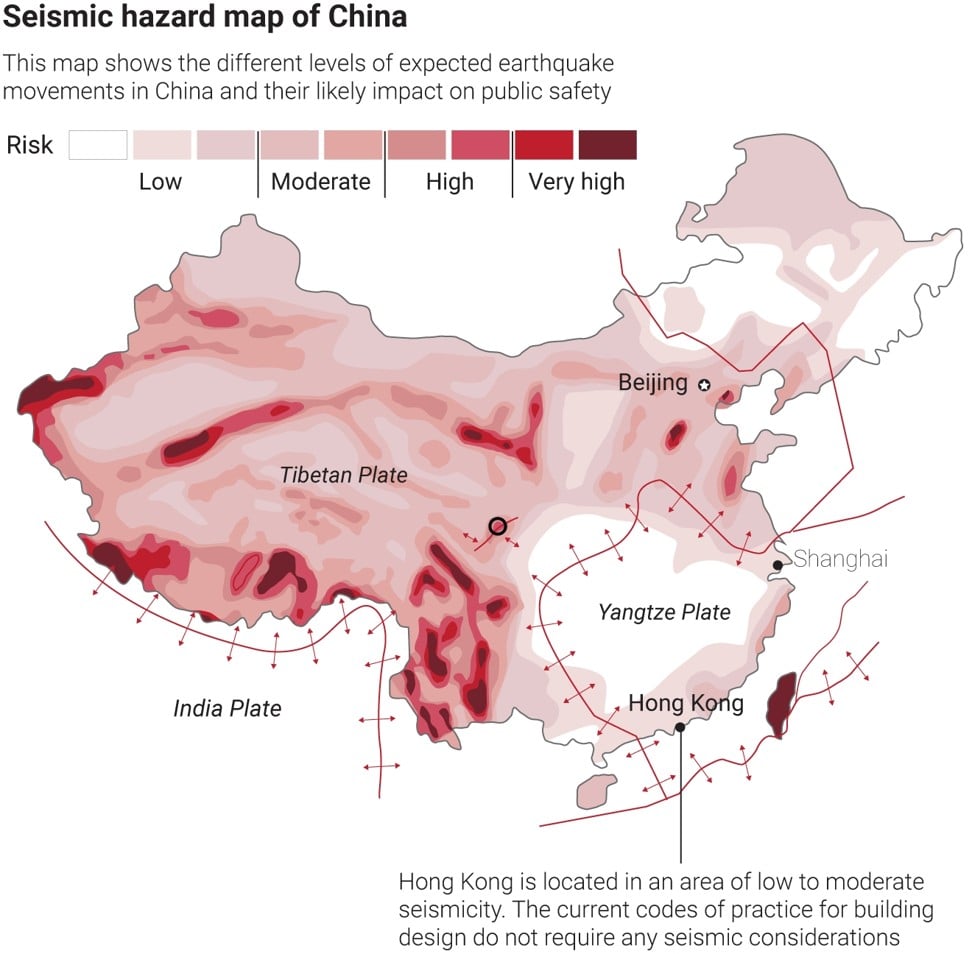
With TV images of death and destruction from the Sichuan quake still etched on their minds, and historical records of a major earthquake that occurred in Hainan in 1605, tourists and migrant workers packed their bags and left after reports of Luz’s prediction spread on Chinese internet sites. Hotels, beaches and parks were deserted, and even islanders started sleeping outdoors. Ultimately, nothing happened.
Hong Kong is not the only location Luz predicts will be the victim of a major earthquake. Included at number four on his list of 62 specific predictions for May 2019 is: “Great power earthquake hits Taiwan of 7.0 on the Richter scale; and another stronghold in China.”
He also forecasts earthquakes occurring in Tibet, Indonesia, Nepal, Peru, Chile, Mexico, Fiji, Turkey, Alaska, Guatemala, Haiti, Italy, Panama and Puerto Rico.
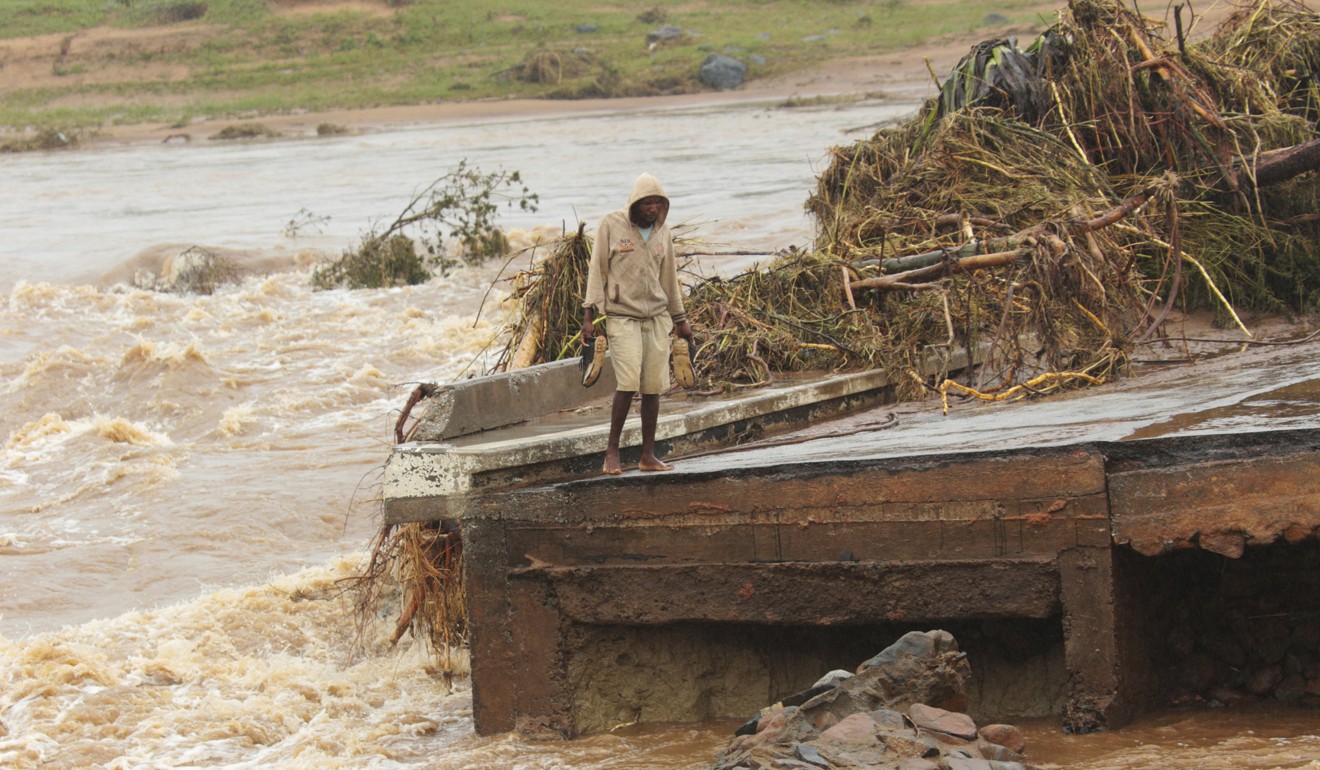
Replying to questions from his home in Aguas de Lindoia, a town in the Serra da Mantiqueira mountains of southeast Brazil, Luz now says he is now less certain that the Hong Kong earthquake will be as devastating as he originally predicted.
Luz says that because he successfully predicted Cyclone Isai, which triggered widespread flooding and devastation in Mozambique, Zimbabwe and Malawi in March this year, and the cyclone that hit India and Bangladesh in May, there is now less chance of his Hong Kong forecast becoming a reality. He offers a revised probability of 35 per cent.
“Sometimes, some cases of predictions depend on some [other] circumstances [coming] to reality,” he says.
Illustration: Brian Wang



